In 2014, a journal contacted researcher Denis Rousseau about one of his papers that had just been published online ahead of print, raising some concerns. According to Rousseau, he sent the journal a corrected figure “almost immediately,” which he believed addressed the issue.
Rousseau, a cell biologist at the University Joseph Fourier in Grenoble, France, said he then contacted the journal many times over the next three years to ask about the status of the paper — which never ended up in print — but heard nothing back.
Three years passed.
In March, the publisher finally contacted Rousseau, this time to ask him to issue a formal retraction for the paper. And despite his objections, Molecular and Cellular Biology published a sparse retraction notice, which provides little information about what went wrong:
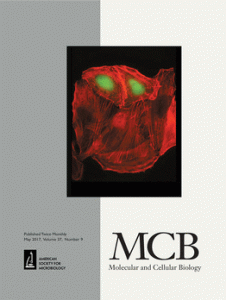
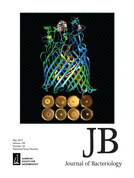

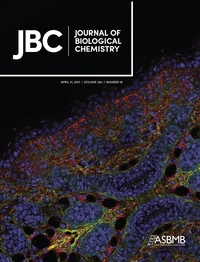

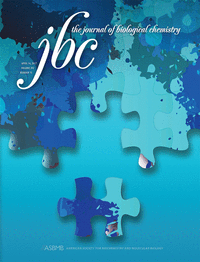 A biology society is hiring three editors to screen images in submissions to its journal, Journal of Biological Chemistry — which we think is a great idea.
A biology society is hiring three editors to screen images in submissions to its journal, Journal of Biological Chemistry — which we think is a great idea.

 Two journals have retracted two papers by the same group within months of each other, after editors were independently tipped off that they contained duplicated figures representing different experiments.
Two journals have retracted two papers by the same group within months of each other, after editors were independently tipped off that they contained duplicated figures representing different experiments.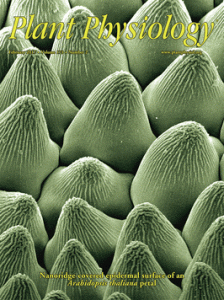 Researchers in China have retracted a paper and corrected three others in a plant journal, citing problems with multiple figures.
Researchers in China have retracted a paper and corrected three others in a plant journal, citing problems with multiple figures.